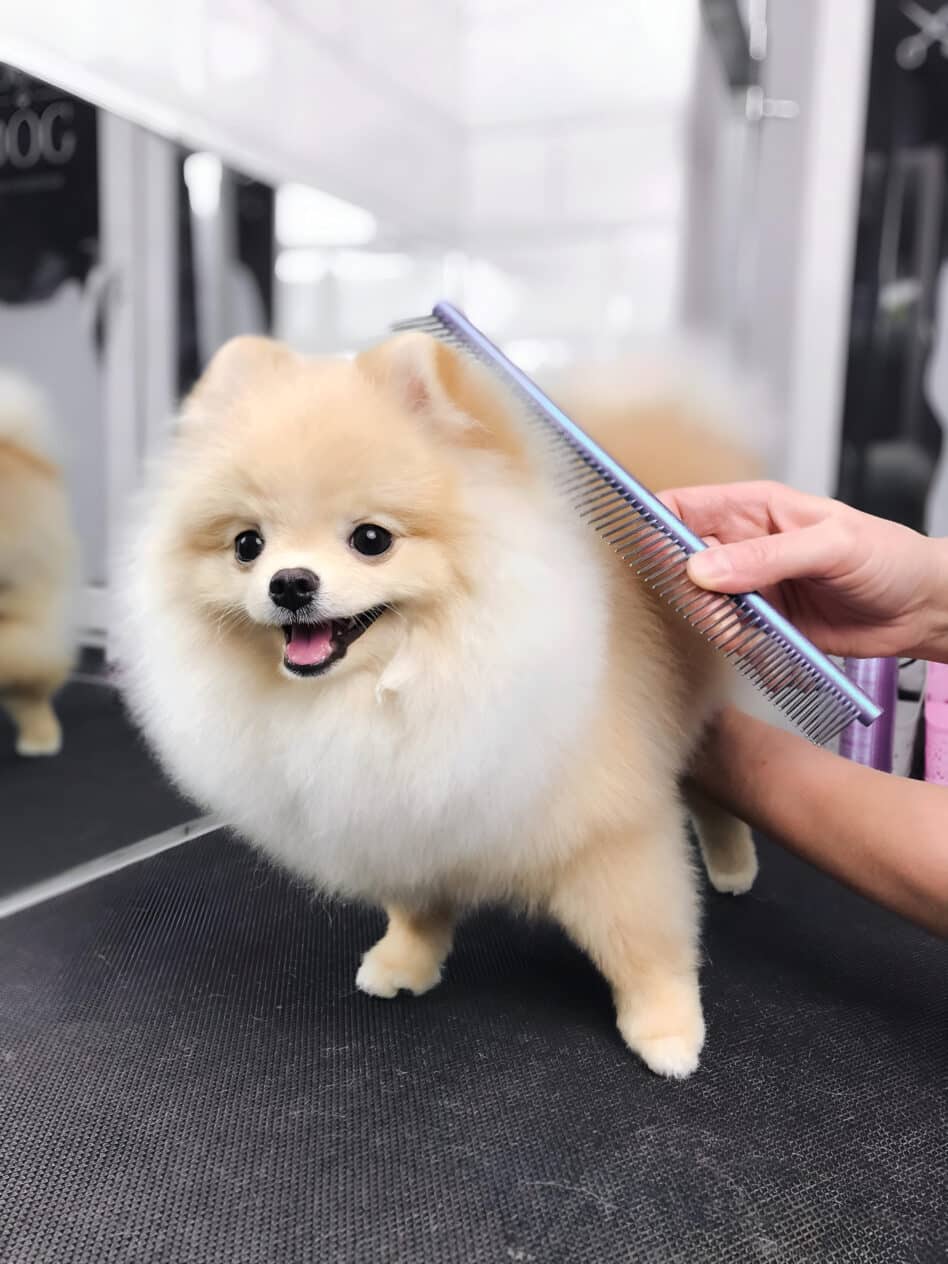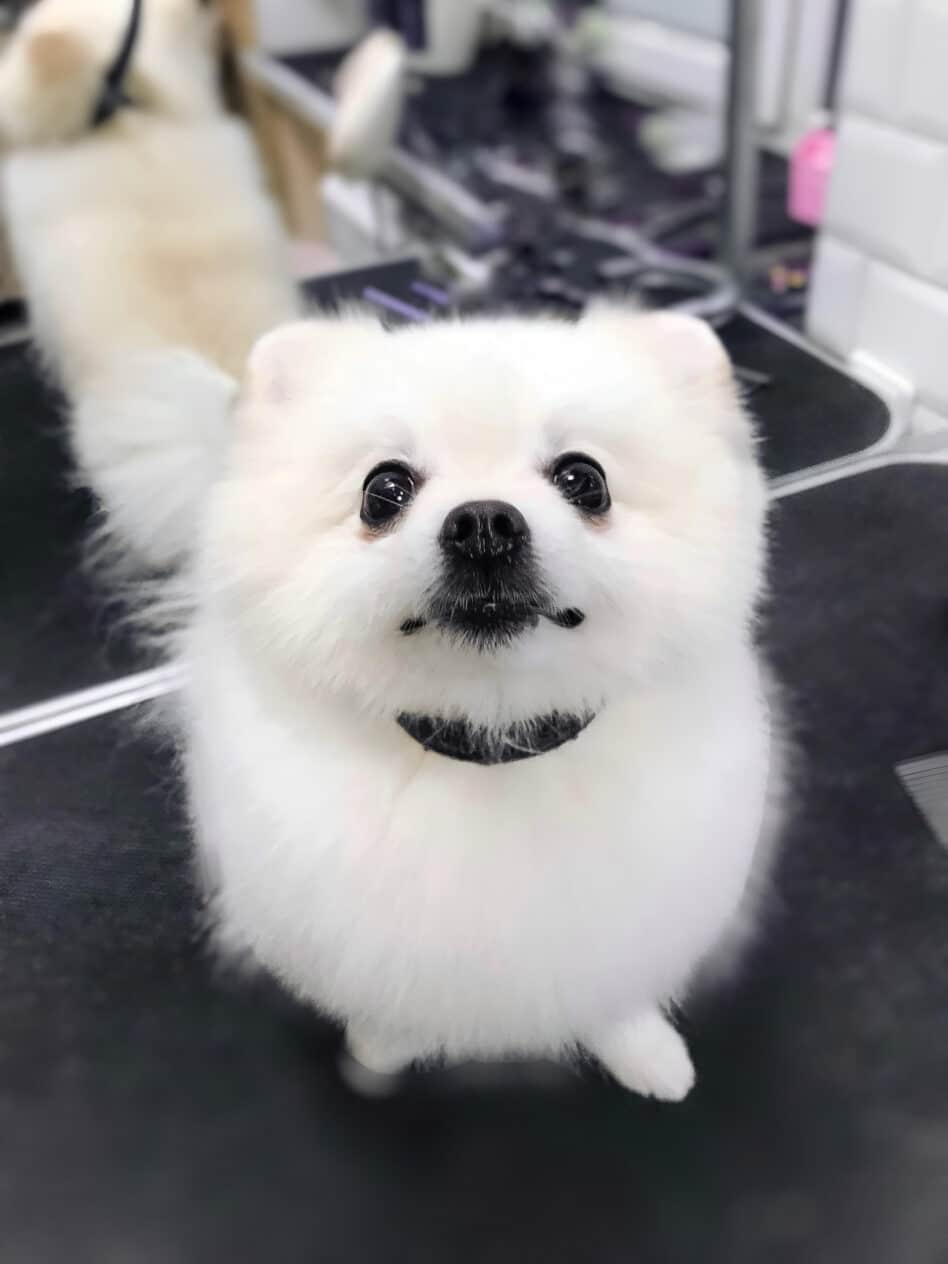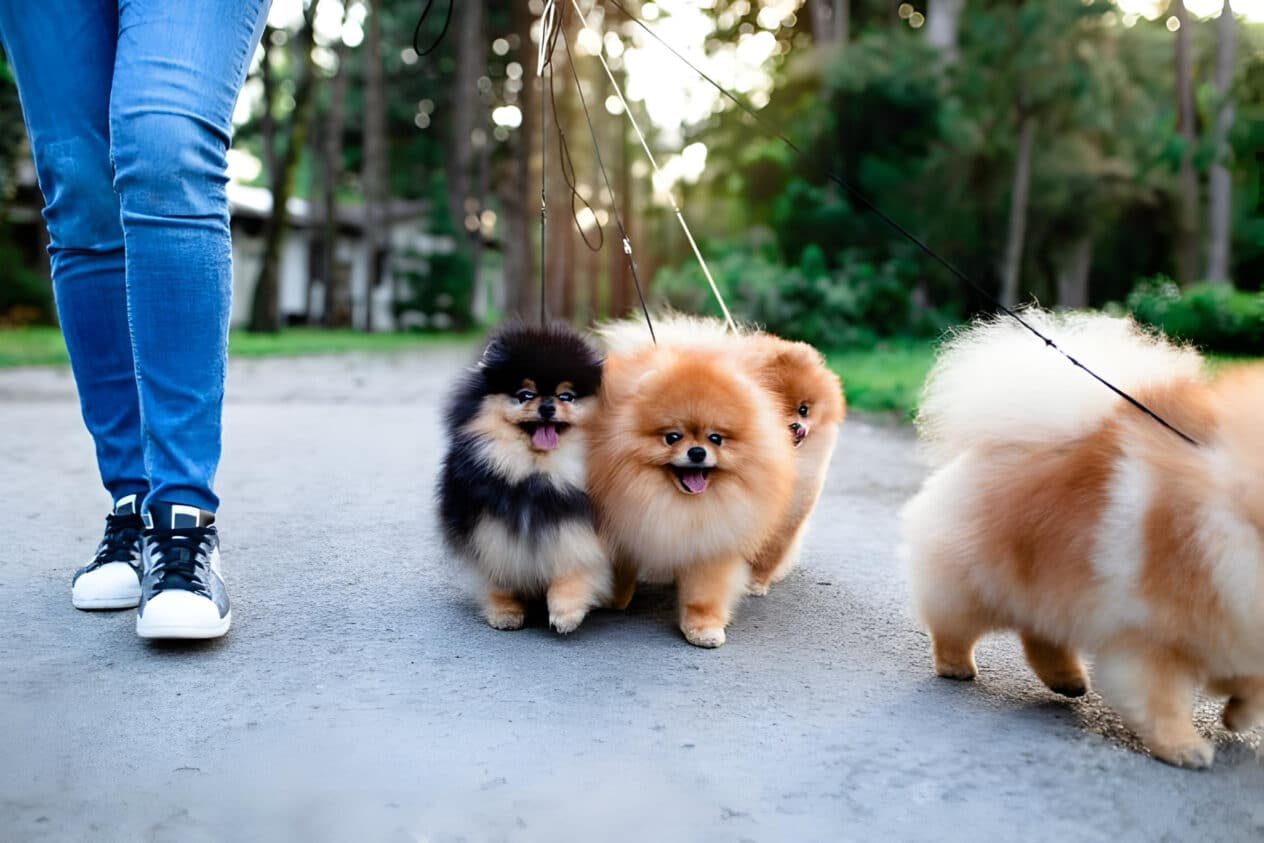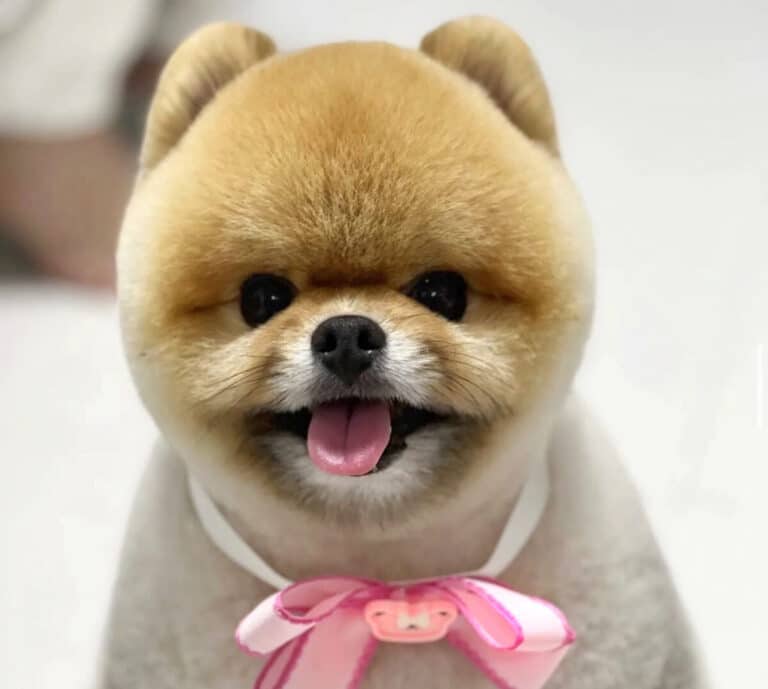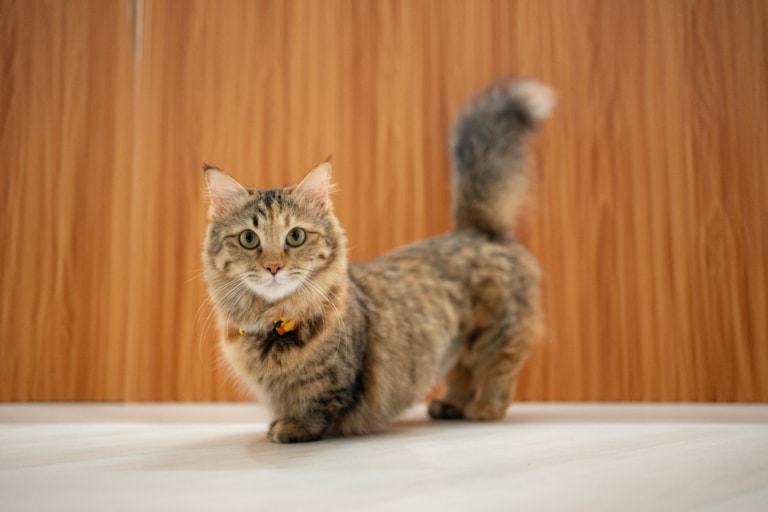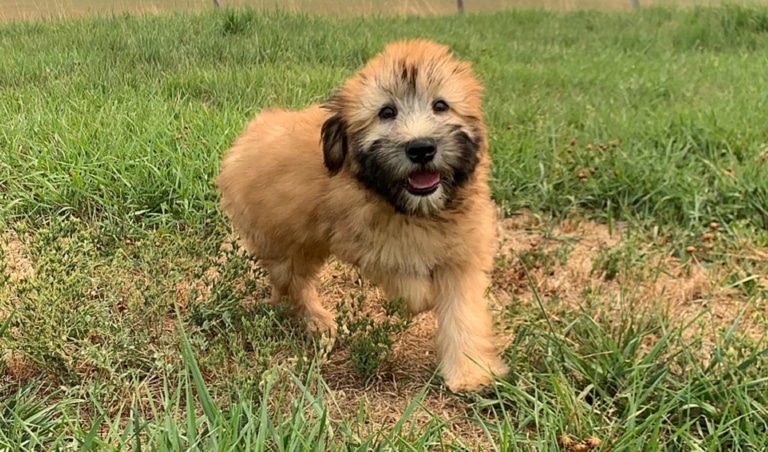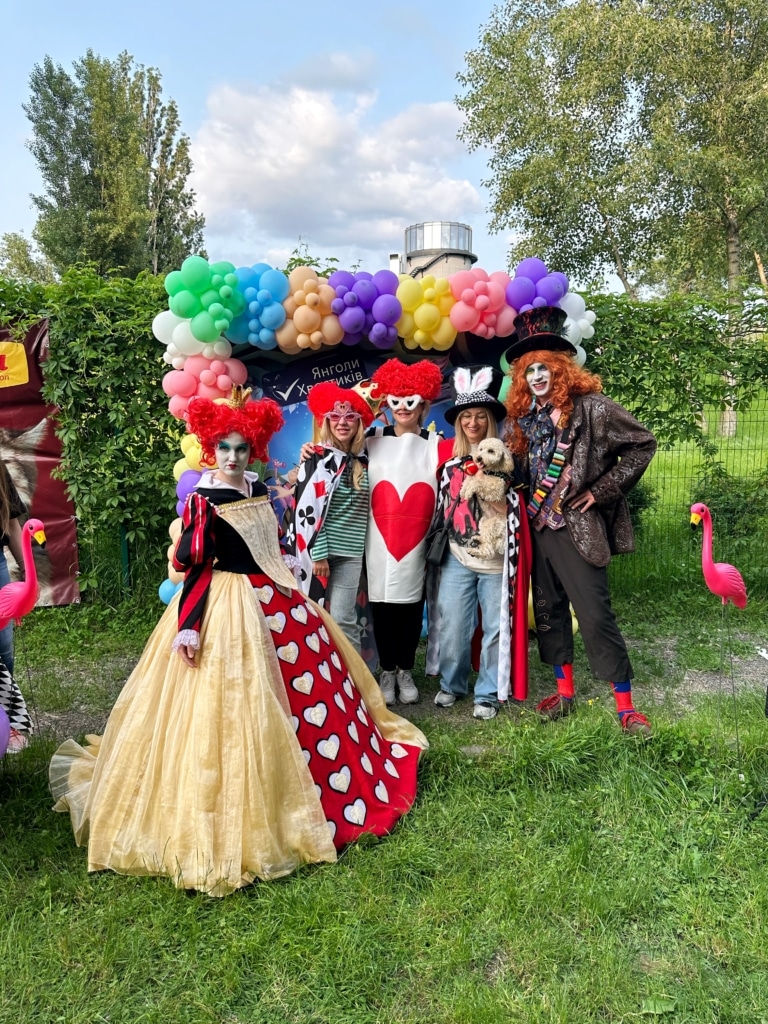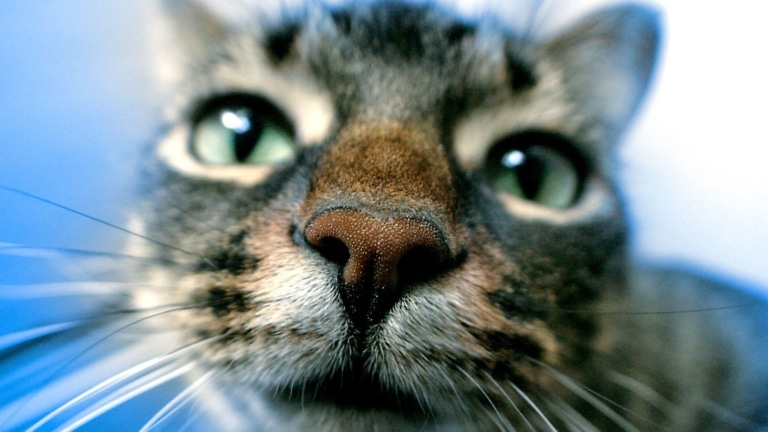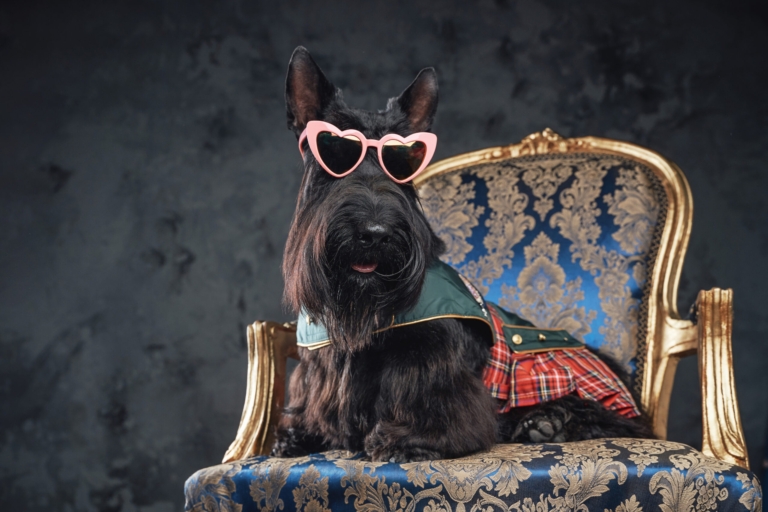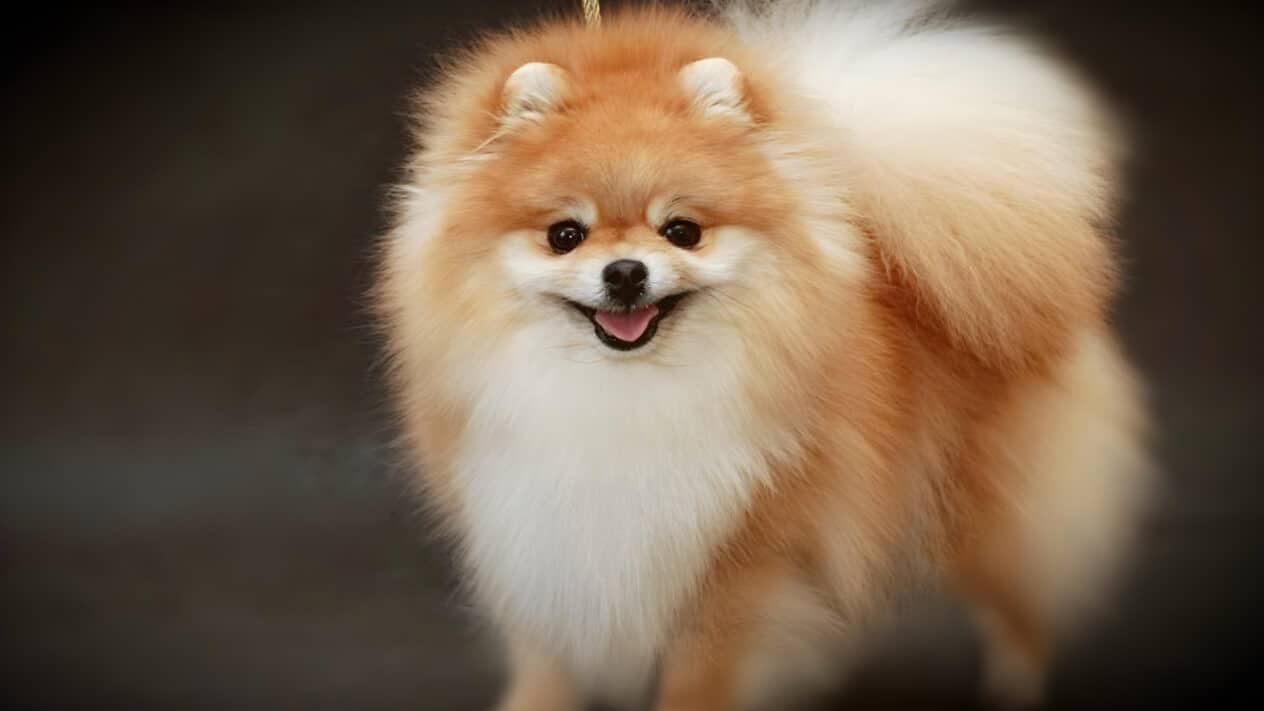
Spitz are a breed of small dogs with thick, long hair, which are known for their intelligence, energy and loyalty to their owners. But sometimes dogs face such a skin and coat problem as alopecia. This disease can be the result of various factors, from allergies to hormonal disorders. Therefore, in this article, we will consider the characteristics of the breed and provide care recommendations to minimize the risks of hair loss.
And let’s start with a story that was kindly shared with us by Volodymyr, already a regular client of the “V.O.G. DOG” chain of grooming salons in Kyiv:
“I did not visit zoos, as I considered it an unnecessary expense. At home I took care of Lucky in my free time, I thought he was doing great on his own. When I noticed that he started balding, it was a real shock for me. I immediately went to the vet. In the clinic, a full examination of the body was performed. As a result, they ruled out a possible hormonal failure and sent us home with recommendations for hygienic care and diet. At home, I started feeding Lucky exclusively with food, stopped giving pieces of food from the table during dinner, bought a vitamin complex, shampoo, conditioner and mask to moisturize the wool, a new comb. I made it a rule to regularly comb the coat, bathe and dry the pet with a hair dryer, and not just with a towel, and gradually Lucky’s condition improved. Since the wool still remained quite dry, it often got tangled in tangles and I could not cope with it on my own, I decided to regularly visit a grooming salon, I even bought a subscription to hygiene complexes. So far, this whole situation has taught me to appreciate and care for Lucky more, and I have realized that regular visits to the vet and professional grooming at the salon are the keys to a healthy and happy life for my dog.”
Thus, we can see that Vladimir and Lucky were able to solve the problem of hair loss quickly and quite painlessly, but not everyone is so lucky. It is better to constantly turn to professionals and devote time to hygienic care, than to face more complex problems later and, in extreme cases, torture the spitz with difficult courses of treatment.
Spitz is going bald. What shall I do?
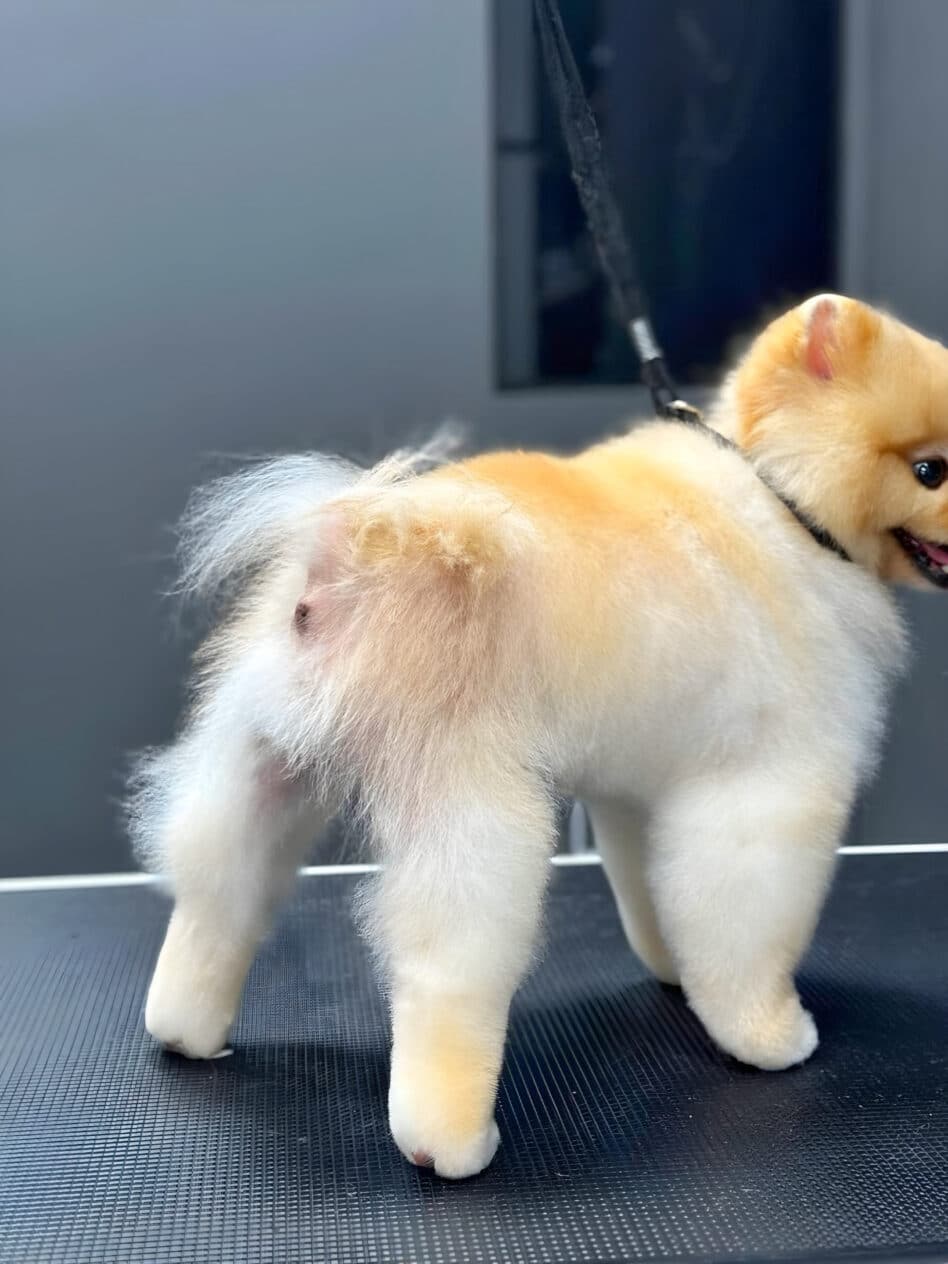
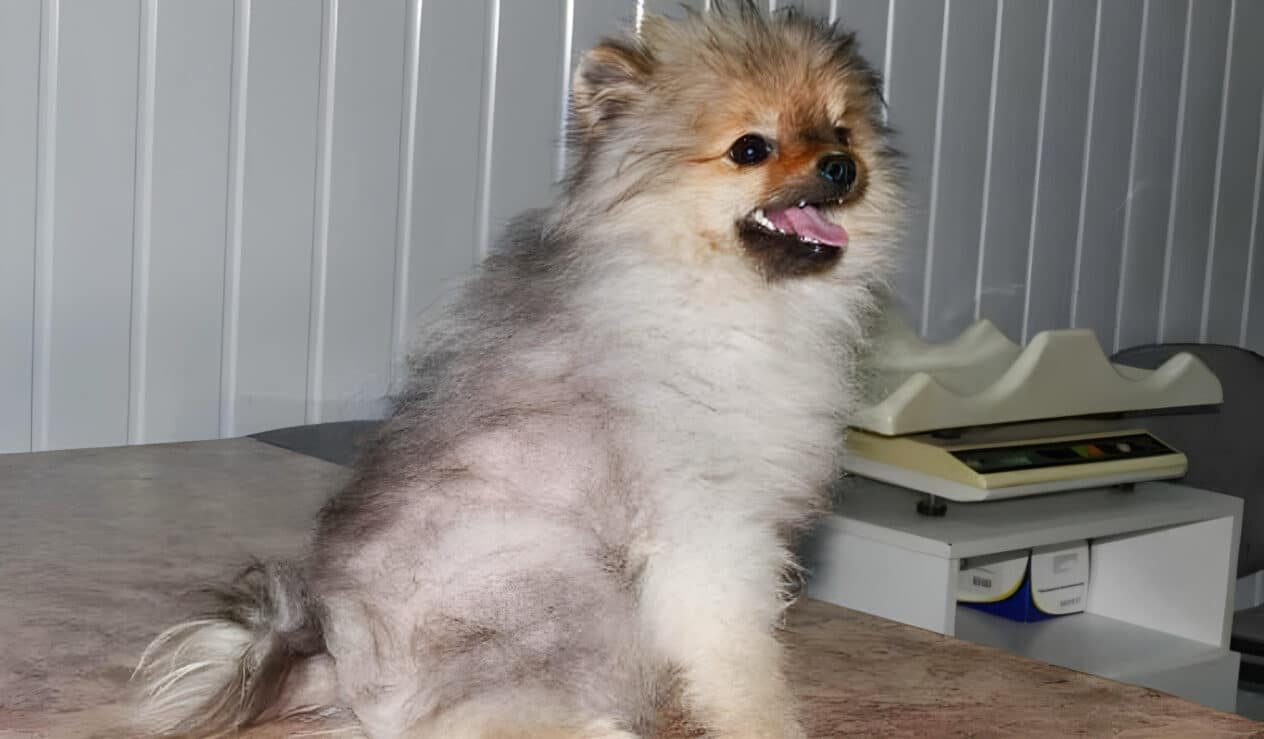
If you are planning to or already have a Spitz in your family, you should know about the characteristics of the breed that can affect the occurrence of alopecia. Let’s start with the genetic factor, because it plays an important role in hair loss in Spitz. If one or both parents have alopecia, the likelihood of passing the disease to their offspring increases dramatically. So ask the seller in detail about the pedigree of the puppy.
Most Spitz have a thick undercoat, which can create ideal conditions for the appearance of mange. Their brushing is mandatory, because it is impossible to shave them like other breeds without disturbing the coat structure and increasing the risk of alopecia.
It has not been scientifically proven that a short haircut is 100% the cause of hair loss. However, disruption of the stage of active growth is the main factor of the disease. Our groomers do not recommend choosing haircuts that are too short. In any case, the length of the coat should remain at least 2 cm. Also, for the same reason, owners are recommended to register Spitz for full complexes with a haircut from one year from the day of birth, when the formation of the spine is completely completed.
It should be noted that Spitz can have sensitive skin that will react to cosmetics, allergens in the environment (pollen, mold, feed, parasites), changes in temperature, etc. This can lead to irritation, dryness, rashes, itching or even dermatitis and hyperkeratosis.
Effective methods of preventing alopecia in Spitz: tips from groomers
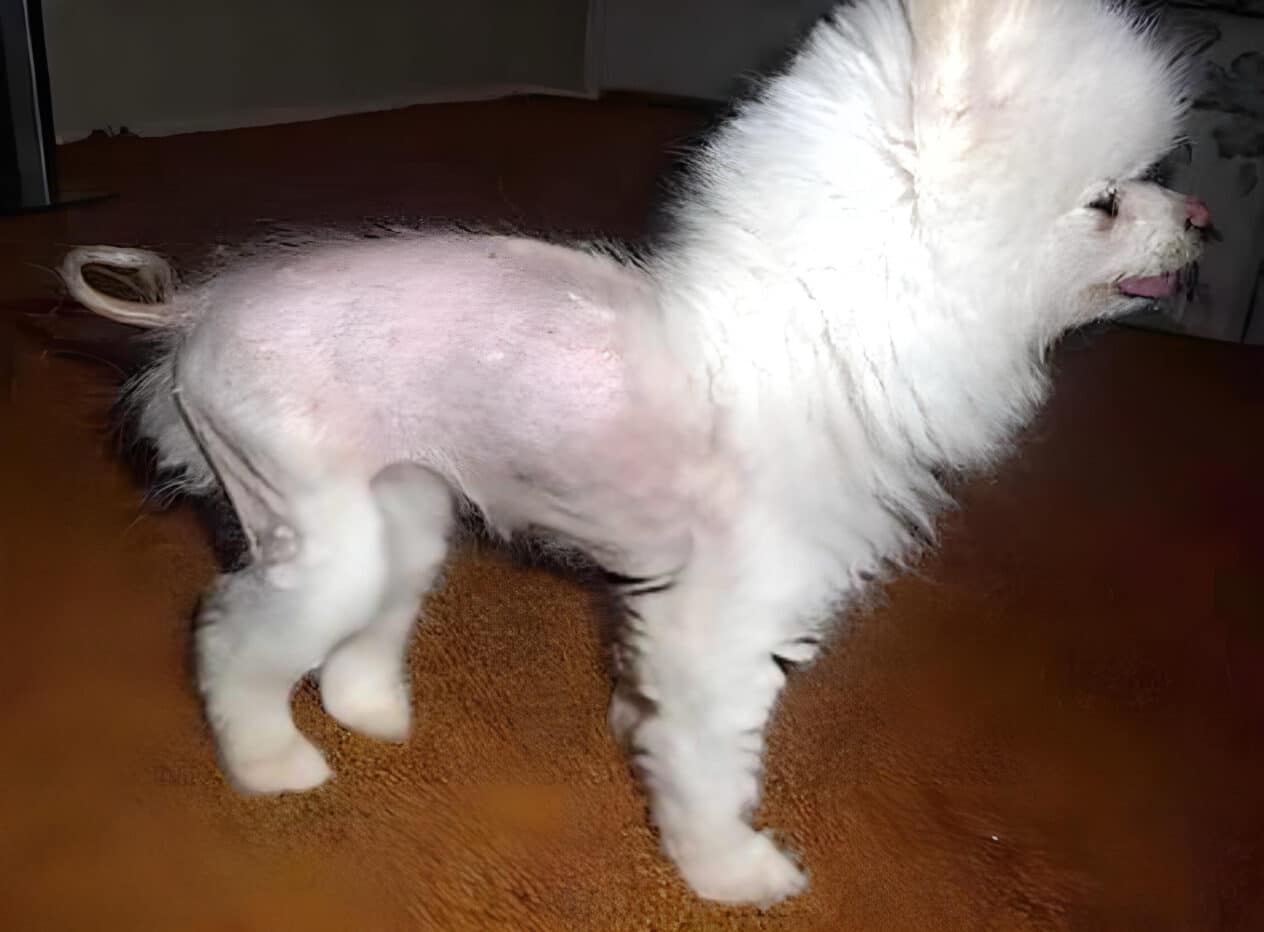
To save the spitz from baldness, take enough time to follow the recommendations, which were gladly shared by the specialists of the “V.O.G DOG” chain of grooming salons in Kyiv.
- Make sure your dog gets a balanced diet that contains the right amount of protein, carbohydrates, fats, vitamins and minerals. This is very important, because about 60% of nutrients go specifically to the formation and maintenance of the spitz’s coat.
- Try to exclude allergens to which your pet reacts. Choose an optimal diet, carry out systematic anti-parasitic treatment, clean the house more often, consult with a veterinarian about developing tolerance to those allergens that bother you the most.
- Avoid overheating the animal, especially in summer, as this can lead to skin irritation, pigmentation and shedding.
- One of the most common causes of alopecia is improper hair care or its complete absence. We already know that the coat of this breed is voluminous and consists of a thick, soft undercoat and a harder core. Therefore, it is advisable to comb your pet daily. The massage of the skin that occurs at the same time stimulates blood circulation and the growth of new hair.
- It is impossible for the dog to have goiters. If this problem does occur, we do not recommend cutting them with ordinary scissors due to the high risk of traumatizing the skin and damaging the coat. Better go to a groomer.
- Do not cut the spitz under the machine, it is not hot, you only increase the risks of sunburn, pigmentation, dryness and alopecia. Your pet’s fur has an excellent thermoregulation function.
- Bathe your pet with mild cosmetics. A characteristic sign of alopecia is very dry hair, so pay attention to moisturizing series, do not forget to use conditioner after shampoo and do not neglect nourishing masks. Be sure to dry the wool with a comb and hair dryer, do not leave your pet in a towel with the hope that it will dry out like that.
- Stress can have a negative impact on your dog’s health, so try to reduce stressful situations for your dog by spending time outdoors and playing with favorite toys.
- If the shedding problem continues or worsens, see your veterinarian for professional advice and diagnosis. He can prescribe tests, consider the option of sterilization and even hormone therapy in case of impaired thyroid function. In most cases, the treatment is quite long, so you need to be patient to overcome this path.
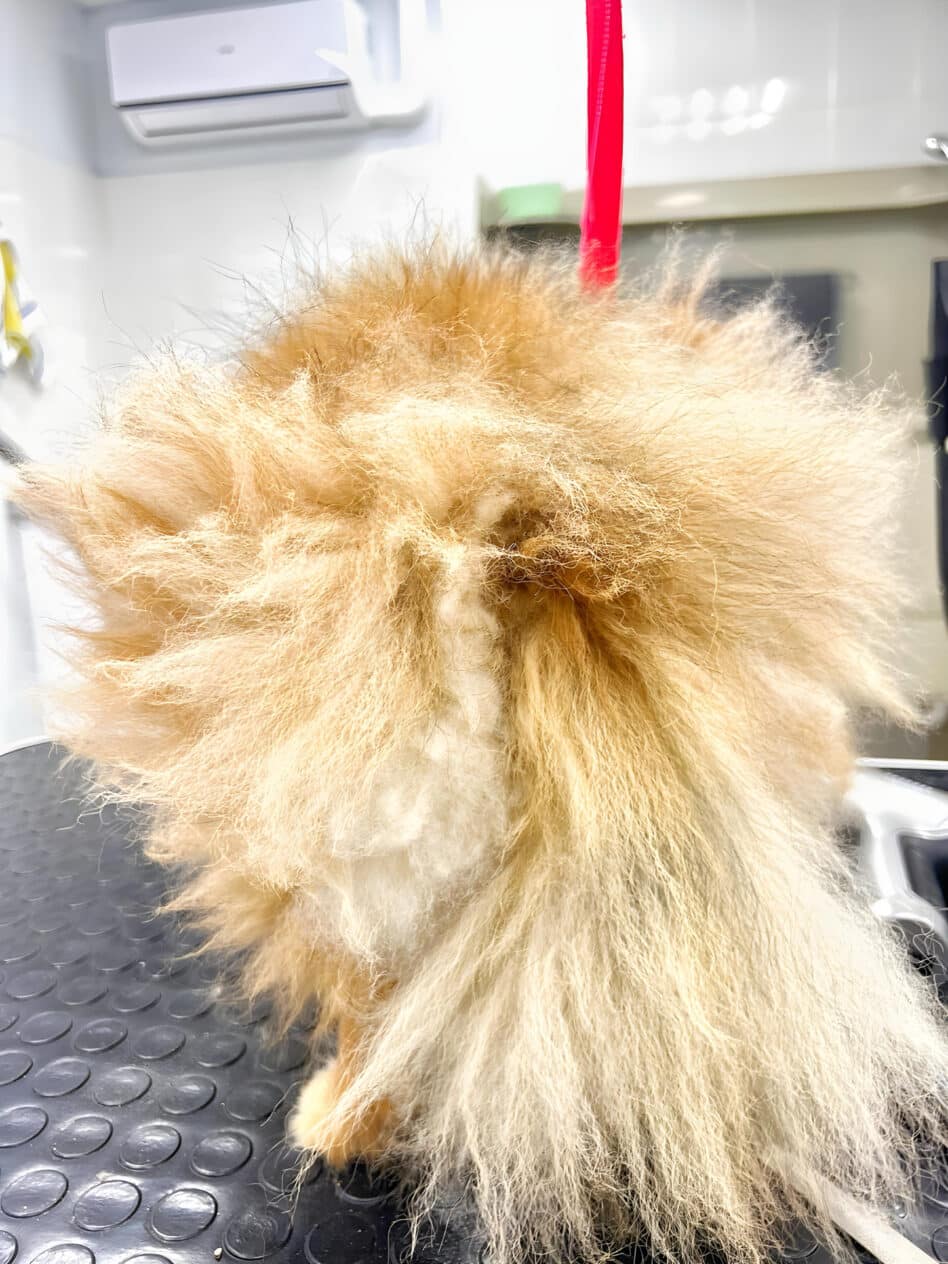
Many of our recommendations relate specifically to the hygienic care of the dog. Even if your pet already has alopecia, the care should be even more thorough and groomers can help you with this. They have a large baggage of knowledge, experience and various tools, provide recommendations to their clients for home care, teach puppies to grooming and monitor the condition of the animal during each visit, note in the card transferred diseases, operations and will be able to draw your attention to changes in the structure of fur and skin dogs. In our zoos, the pet will be helped to comb out the coat, moisturize the fur as much as possible, choose cosmetics for the type of skin and fur or according to the problem (for example, reduce itching from irritations, treat the fur from parasites), as well as perform a number of other hygienic procedures that are important for any animal.
We understand that alopecia in Spitz can be stressful for owners, but with the right treatment and care, the dog can return to a full, happy life. That is why we offer grooming services and provide detailed consultations to clients so that they receive a useful additional resource to help them overcome this period in life. If you have any questions, it is always better to turn to specialists for advice and help, and we will help you with that as well.
